Kennedy Nolan

Kennedy Nolan Architects was established in 1999 and has since developed a reputation as a design focused practice with a distinctive approach to built form. The practice works principally on residential projects, but is engaged for a variety of projects ranging from retail to hospitality where a strong design component is required. The practice is dedicated to the production of architecture that is highly responsive to its context. Much of the work seeks to form a strong relationship with landscape, whether it is a dense urban environment or a rural or coastal area.
Driving directions to Kennedy Nolan on map
Kennedy Nolan on Google Maps
Projects:
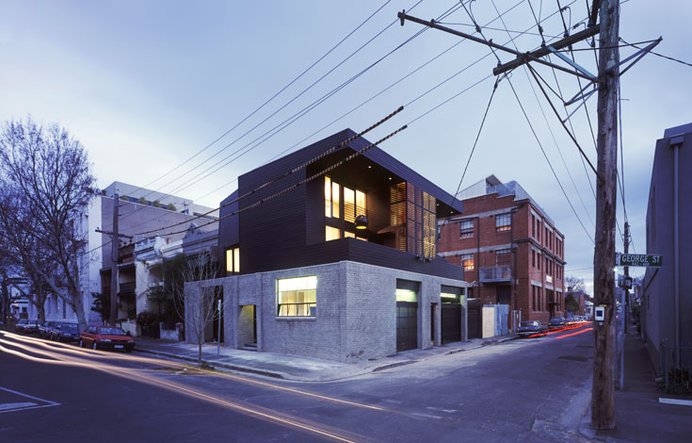
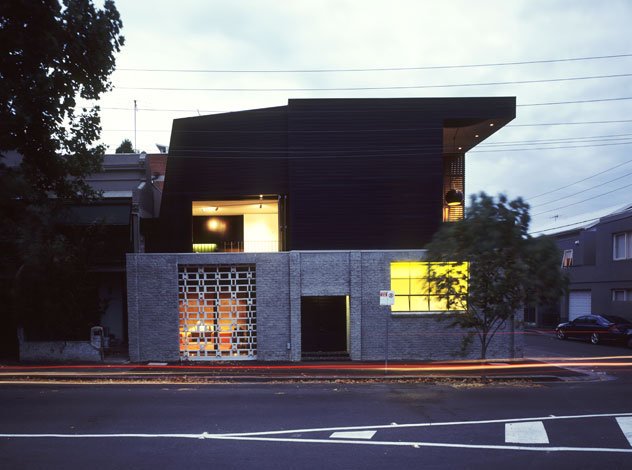
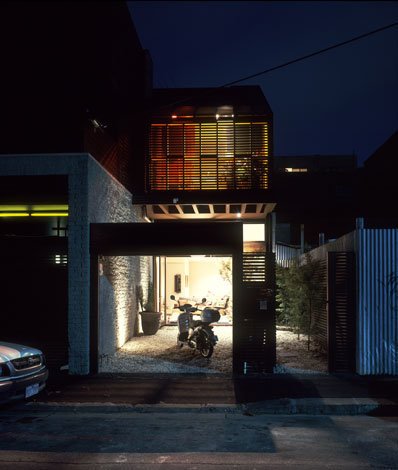
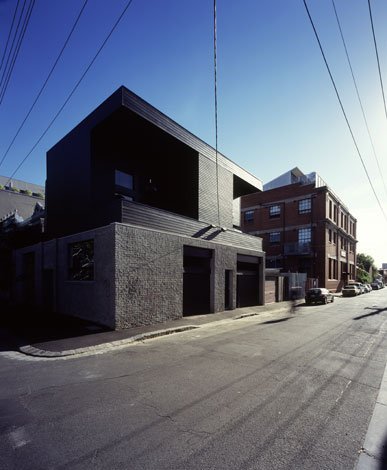
George Street Multi-Residential
Fitzroy, 2003
Project Brief: 3 new, 3 storey residences in an existing single storey factory building The existing factory building remains as a memory of the light industrial history of this corner site in Fitzroy. The new building clearly expresses a change of use for its site and represents the evolution of an inner city suburb. The new form that grows from this ground floor masonry plinth is lightweight yet muscular in its form, blank in daylight becoming delicate and transparent in the night.
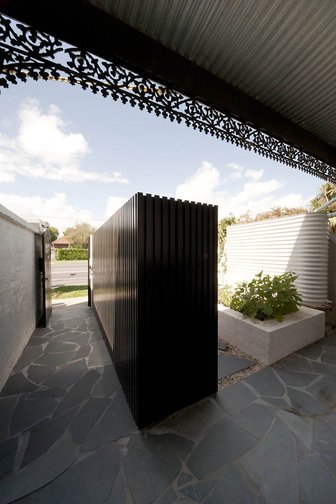
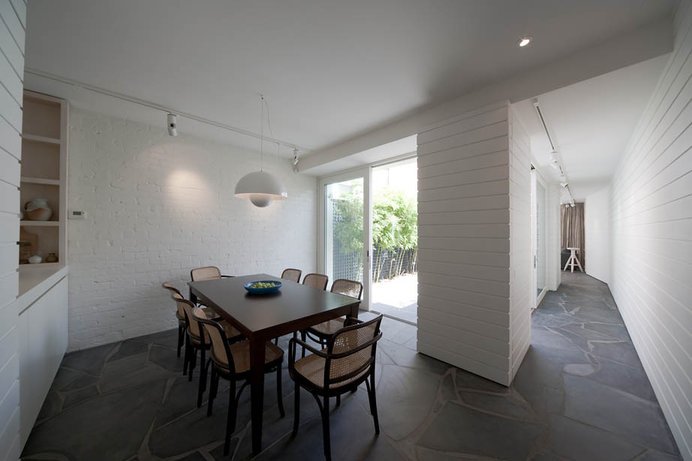

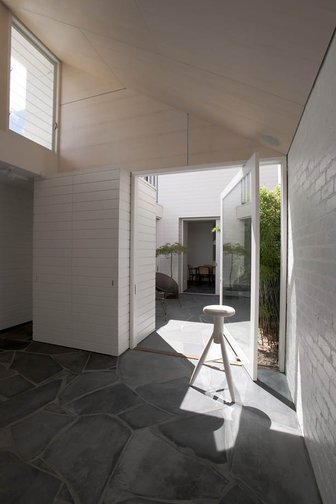
North Fitzroy House
North Fitzroy, 2009
The design of this project reinvigorated the Victorian terrace house and site making an environmentally responsive and modest yet livable house. Key design intentions include introducing accessible outdoor spaces with a series of courtyards; and creating strong architectural volumes that complement the simple forms and robust character of the existing terrace house and the neighborhood. Shortlisted in the 2010 RAIA awards.
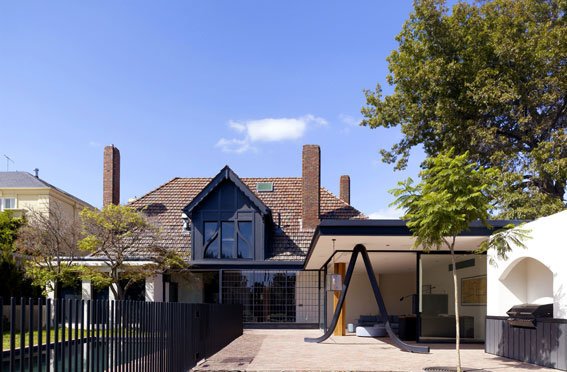
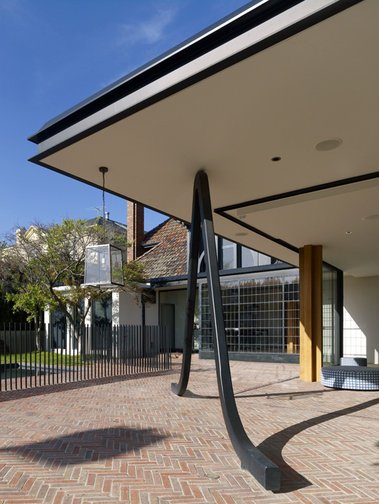

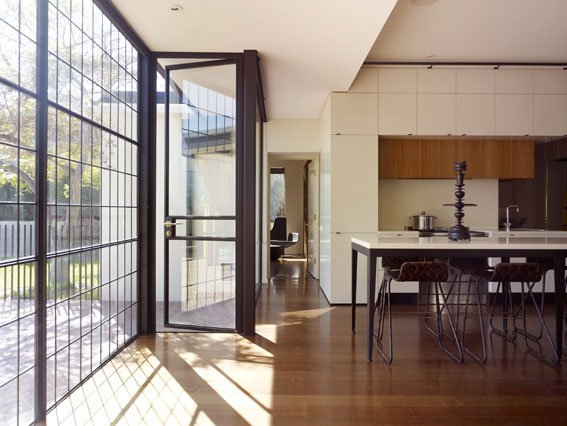
Stockbroker tudor
Hawthorn, 2008
The architectural concept relied entirely on reusing the existing Stockbroker Tudor house (with no Heritage Overlay, full demolition of this house was an option that was purposely discarded). Every part of the house was reworked and a new pavilion was added to make family living space that sat somewhere between enclosed room & garden. The objective was to disguise complex domestic program within the form and make it appear effortless: in pursuit of the well ordered house. The design responds to the strong graphic quality of the Stockbroker Tudor style and the Arts and Crafts Movement.






